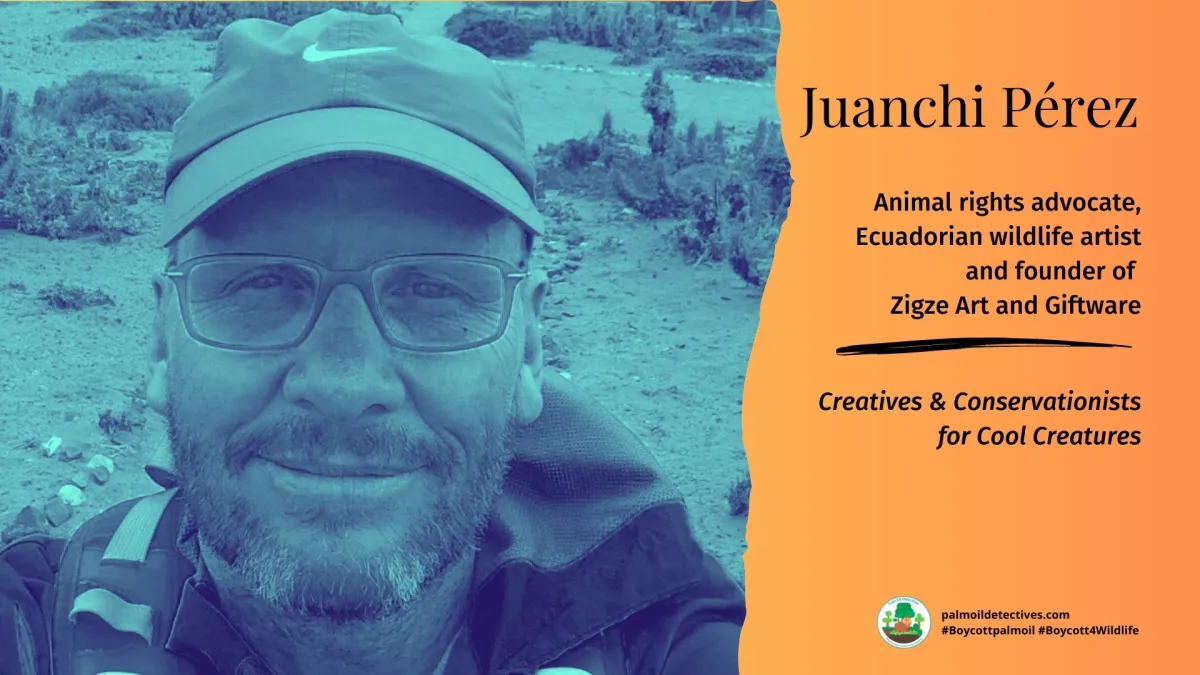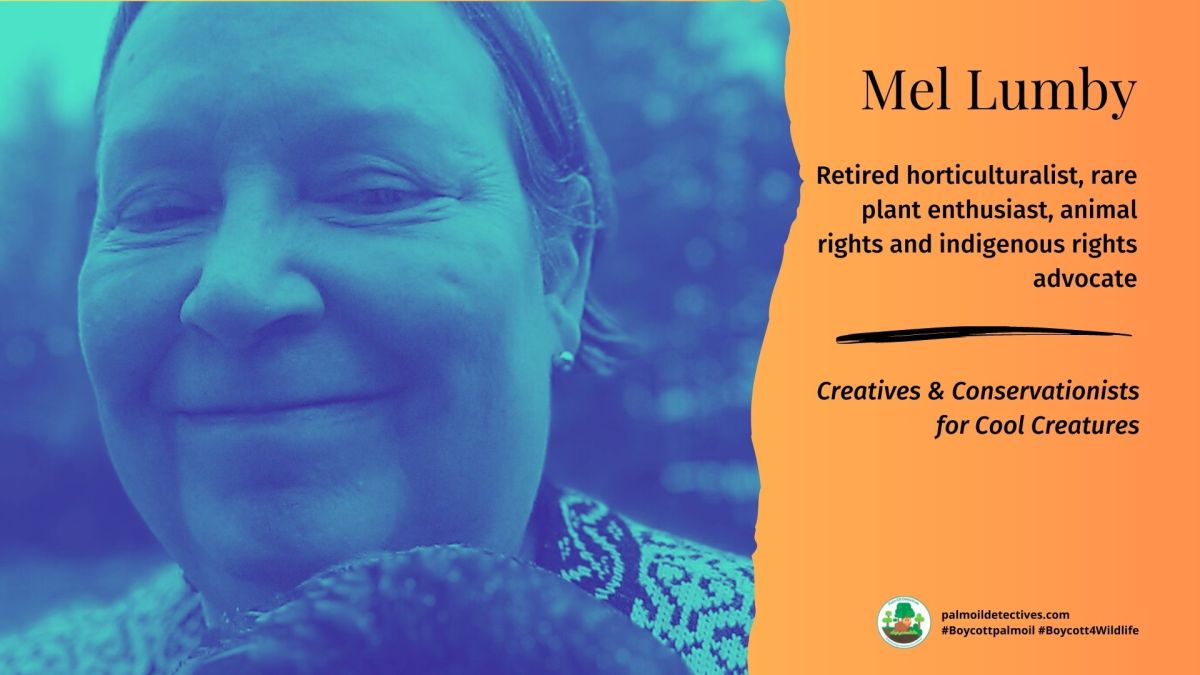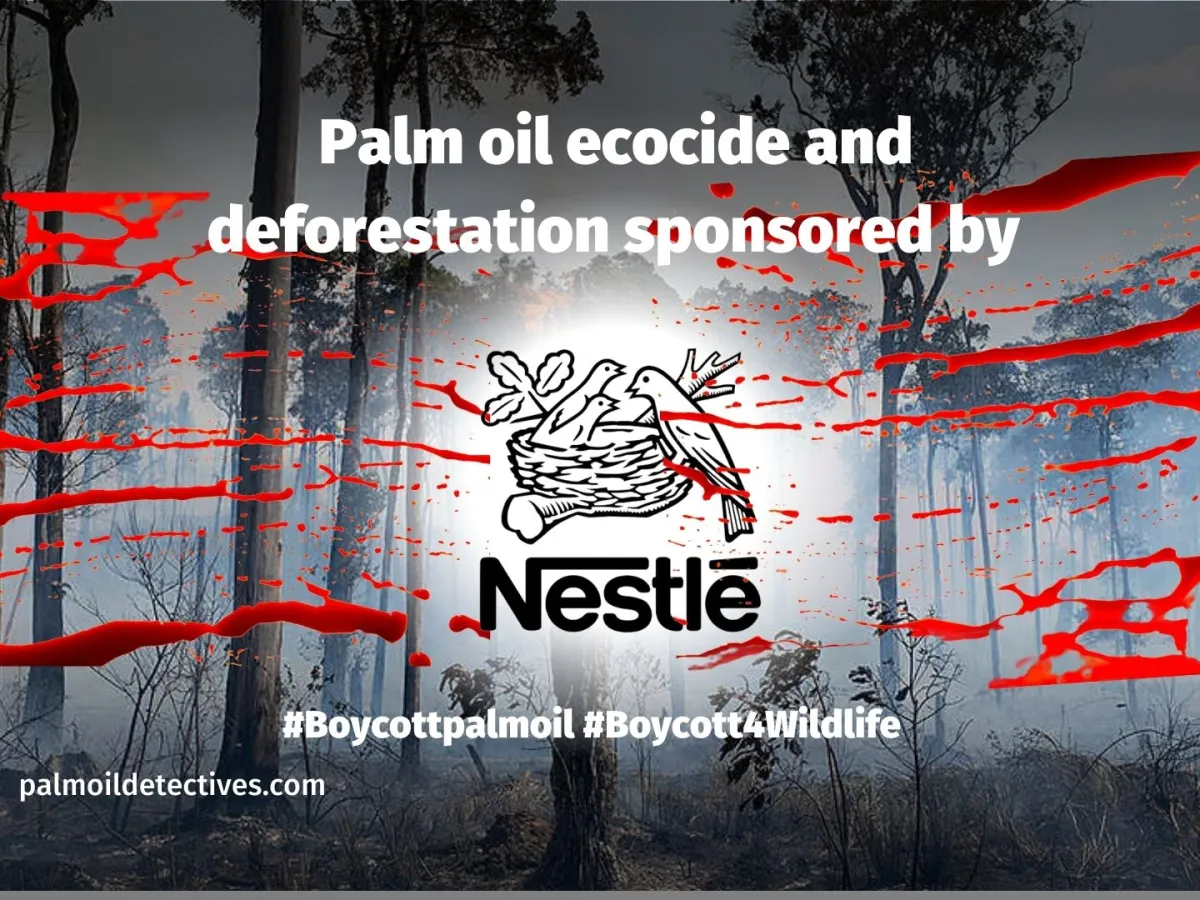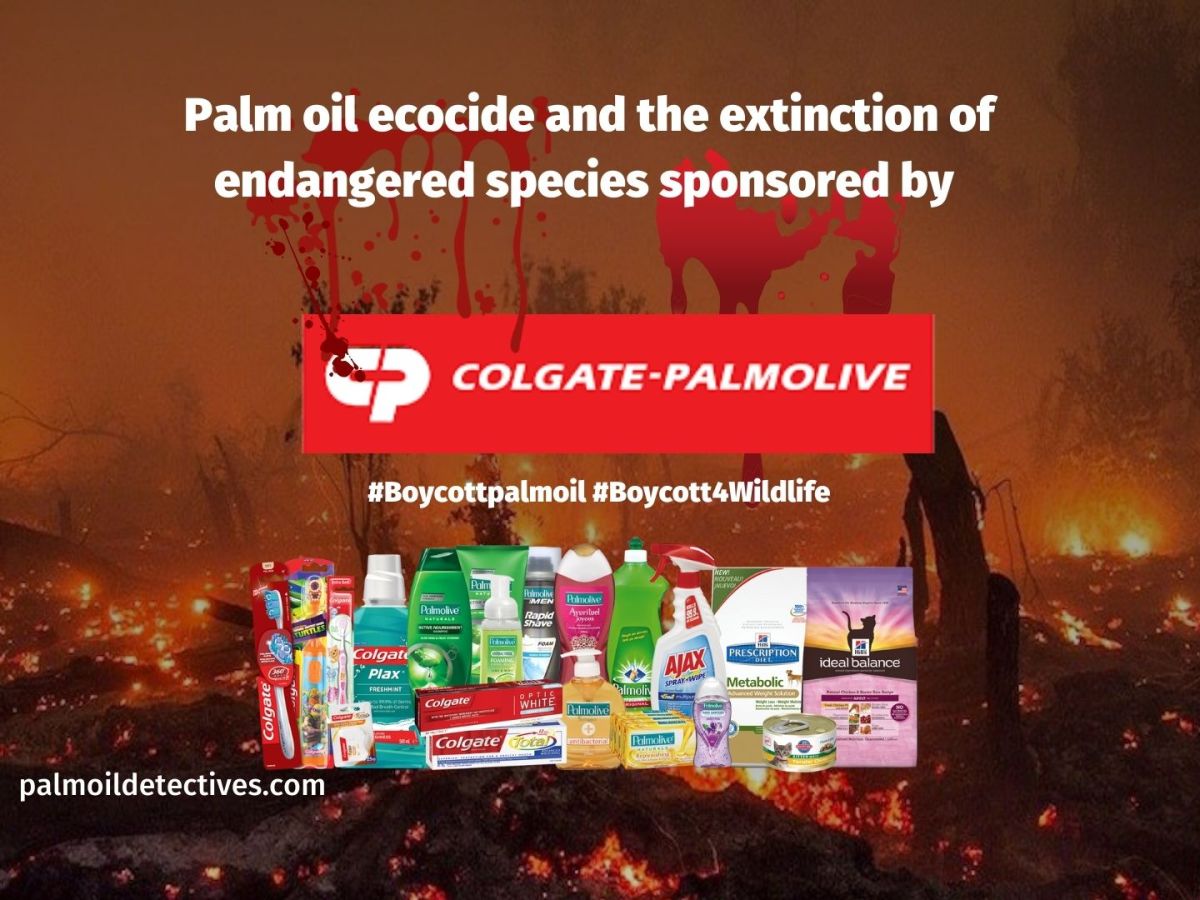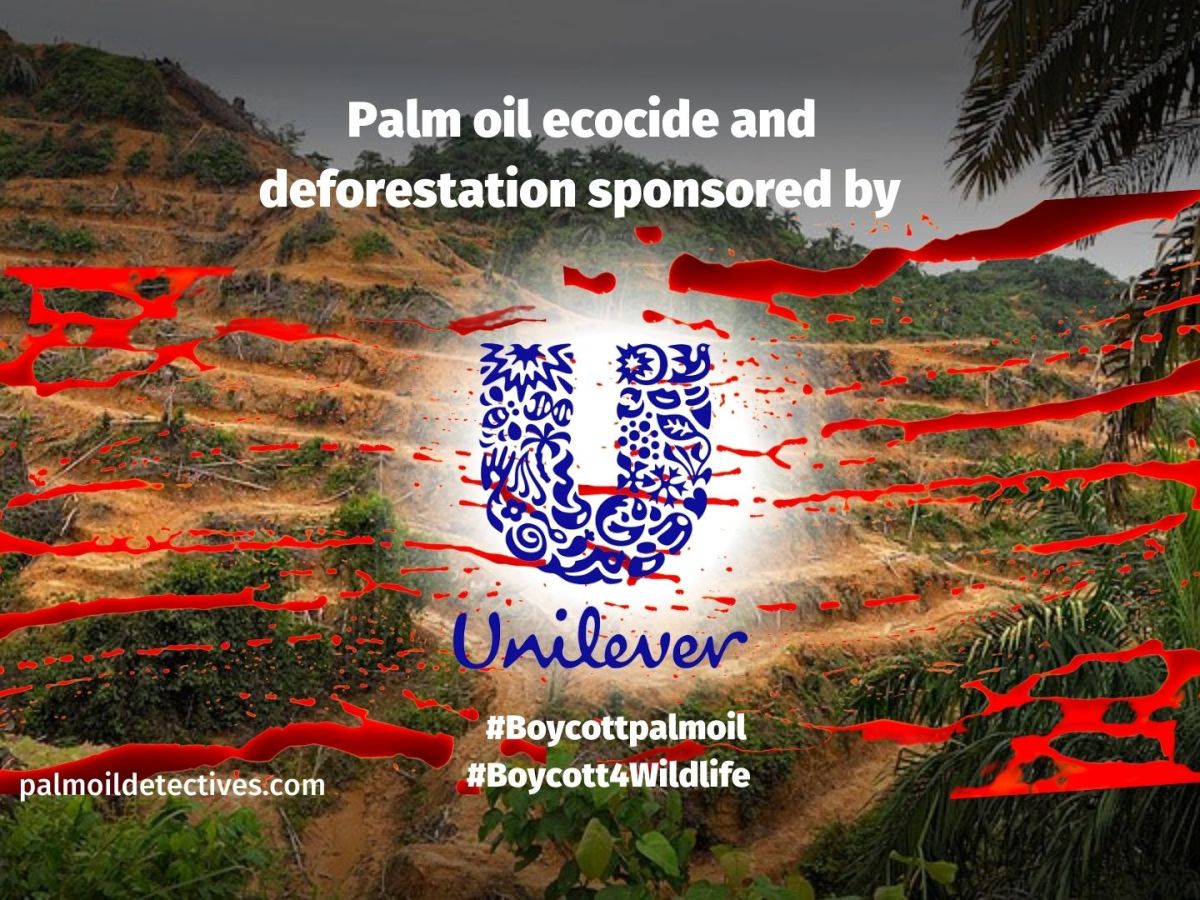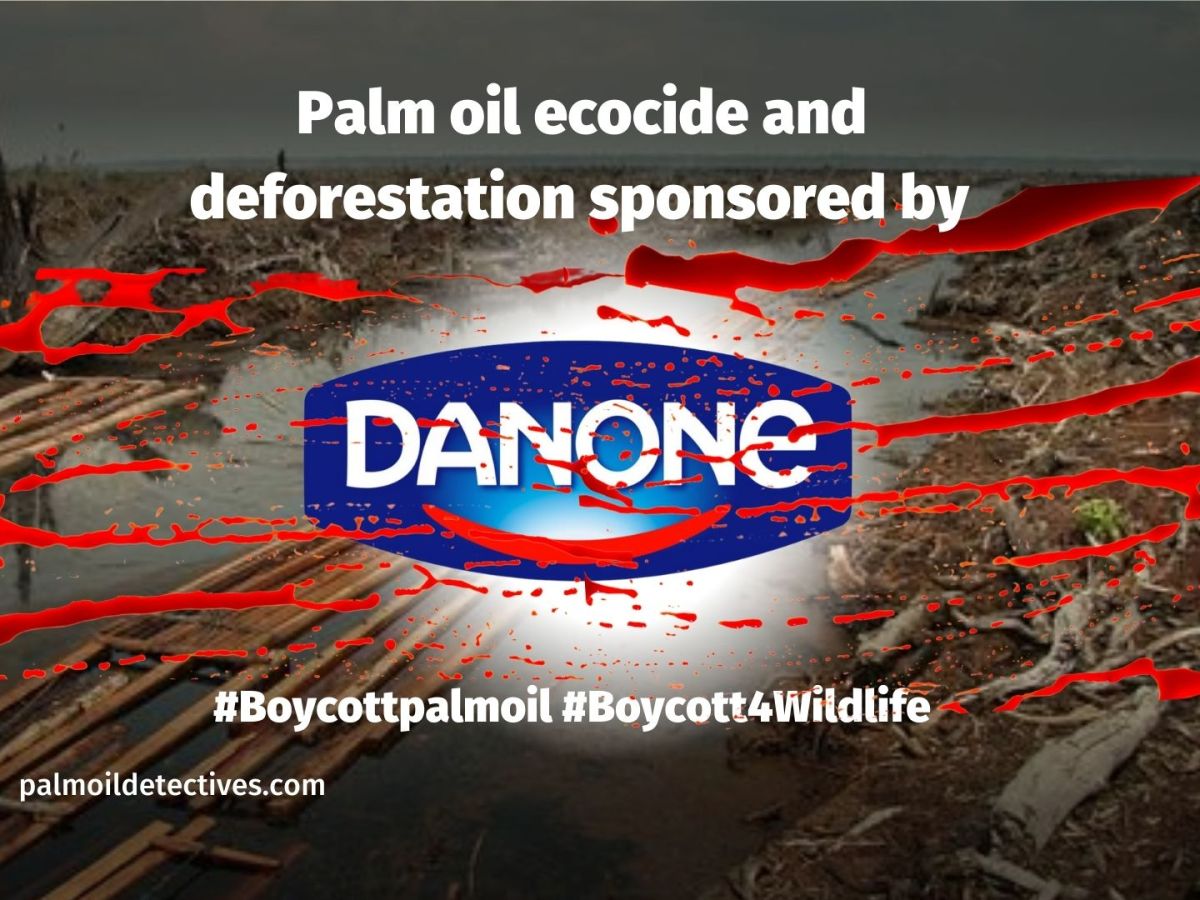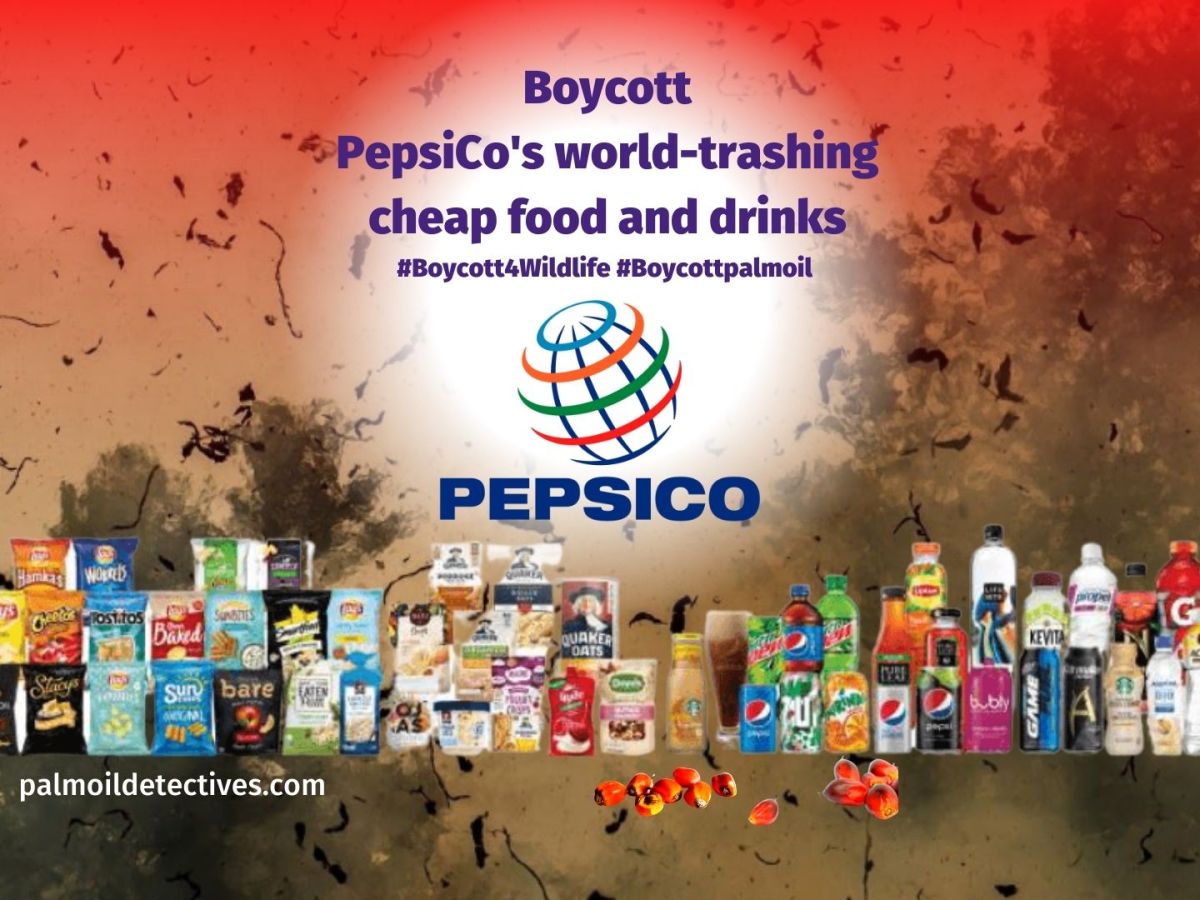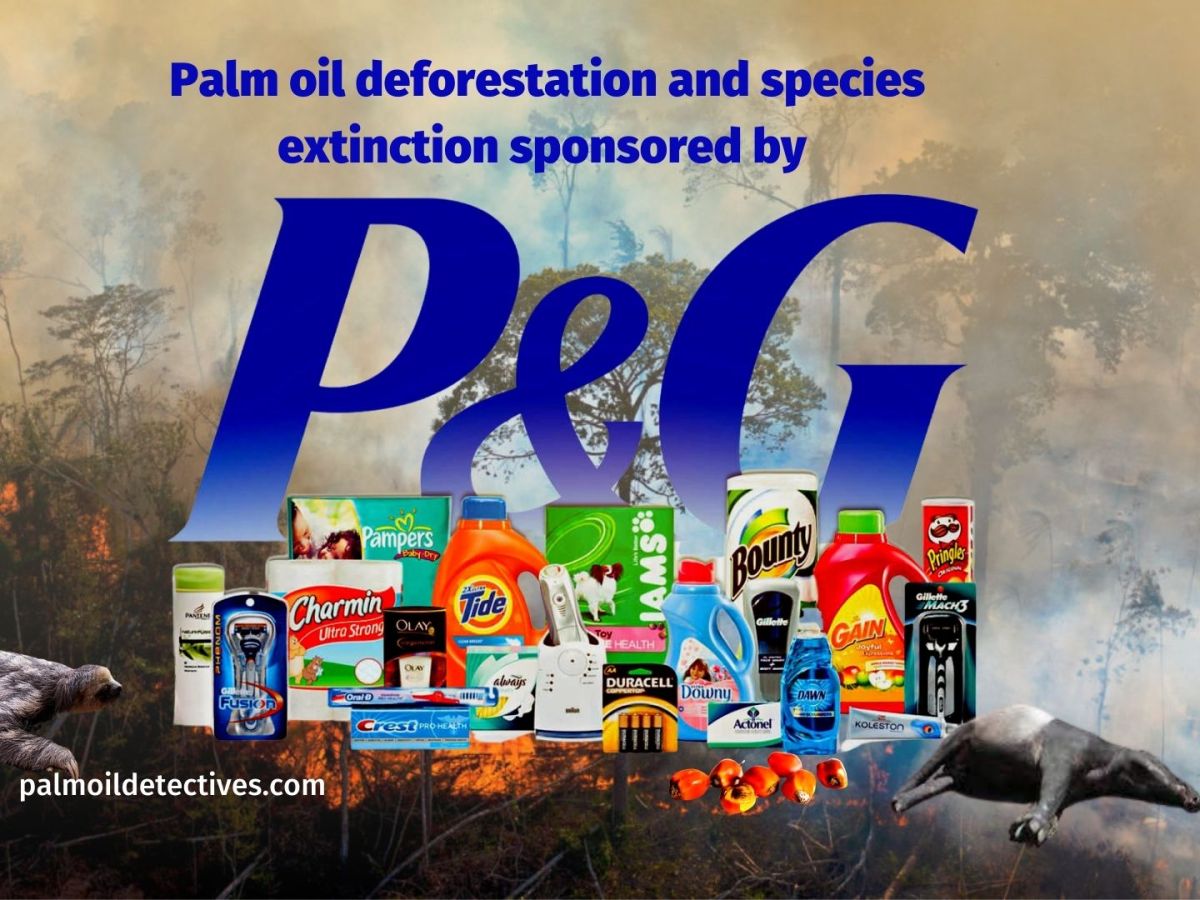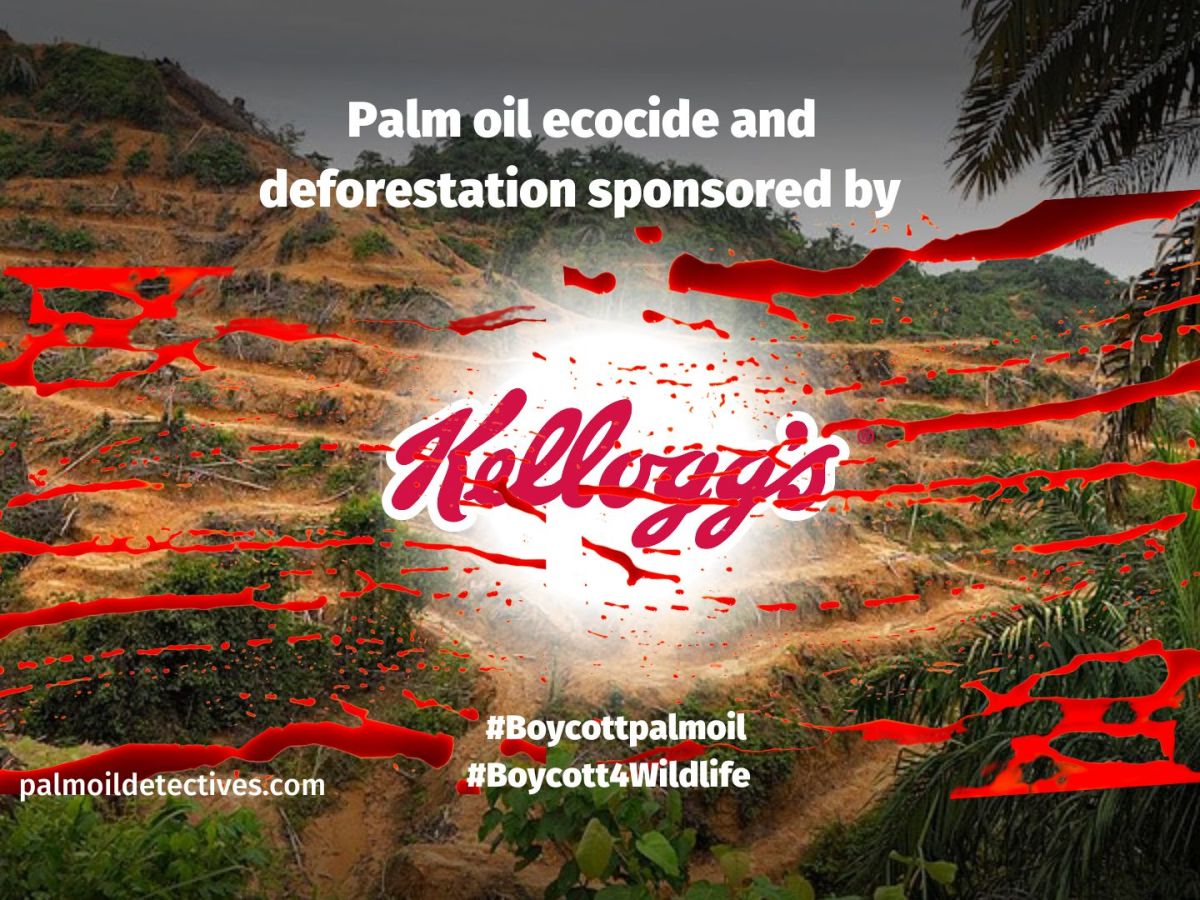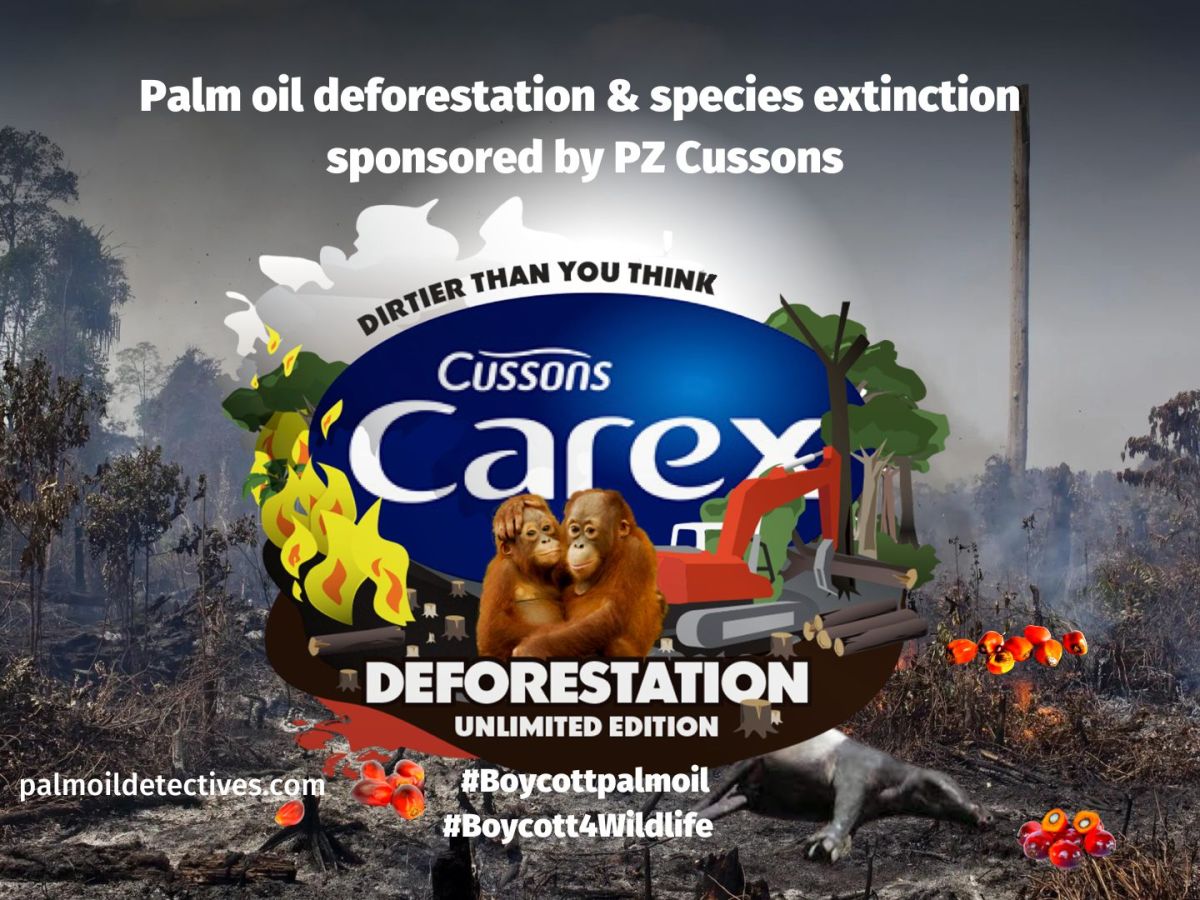On Great Nicobar Island in the most southerly part of India, big plans are in motion to transform the island into a shipping hub and destroy its native ecosystems including mangroves, reef systems and forests, putting the already endangered leatherback sea turtle (along with 1000’s of other species) perilously close to extinction. Around one million trees are set to be felled to make way for palm oil and other monoculture crops on the islands, writes PhD Candidate Divya Narain for The Conversation. Read on to discover how to help these beautiful animals.
Stop the destruction of Great Nicobar Island, #India for #palmoil and a #sea port. It’s a critical home for the endangered Leatherback Sea Turtle. Fight back with your wallet and #Boycottpalmoil #Boycott4Wildlife
Tweet
The world’s largest turtle the Leatherback Sea Turtle faces new threats on Great #Nicobar Island, #India – #palmoil #deforestation and a seaport. This will result in #ecocide. #Boycottpalmoil #Boycott4Wildlife
Tweet
This article was written by Divya Narain, PhD Candidate, The University of Queensland and republished from The Conversation under a Creative Commons license. Originally published 13 February 2023. Read the original article.


Divya Narain, The University of Queensland
In a remote archipelago at the southernmost tip of India lies the Great Nicobar Island. This pristine ecosystem is a globally important nesting site of the largest turtles on Earth – leatherback turtles. But now, the site is threatened by a massive infrastructure plan.
The Indian government recently granted key approvals for an international container port on the island, which may prevent leatherback turtles from reaching their nesting sites.
Great Nicobar Island spans about 1,000 square kilometres and lies about halfway between India and Thailand. It is home to the indigenous Shompen and Nicobarese people, and a rich diversity of plant and animal species.
To date, the island has remained relatively untouched by large-scale development. The port proposal would change that.
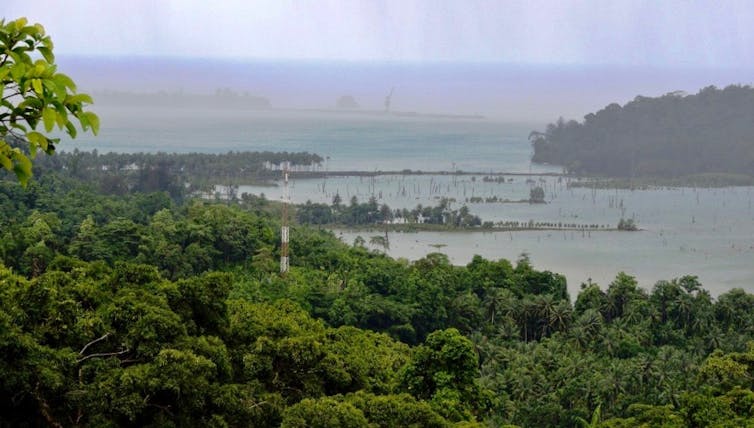


A critically endangered turtle population
Leatherback turtles can grow up to two meters long and weigh as much as 700 kilograms. The species has existed since the age of the dinosaurs, but its numbers are in decline.
The sub-population of turtles that nests at Galathea Bay, where the port would be built, is listed as critically endangered. The turtles forage in temperate coastal waters in Australia and Africa, before making the long annual journey to the island.
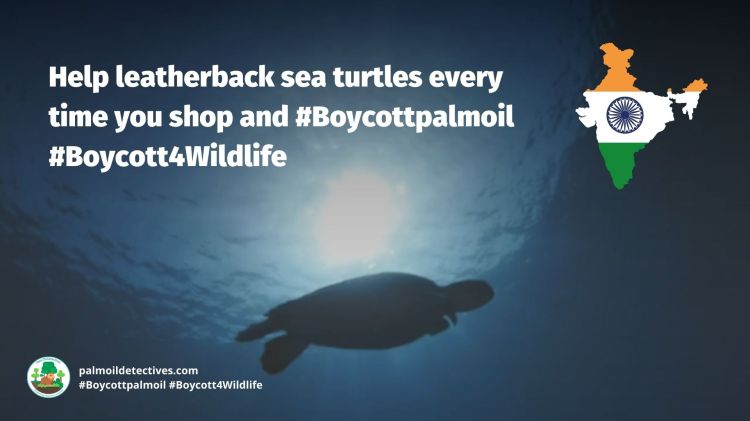
According to the International Union for the Conservation of Nature, loss of nesting sites is one of the key threats to the turtles’ survival. Other threats include fishing activities, collisions with boats, egg collection for human consumption, and ingestion of plastic waste.
Galathea Bay was also heavily damaged by the 2004 tsunami, which destroyed most of the beaches where leatherback turtles nest.
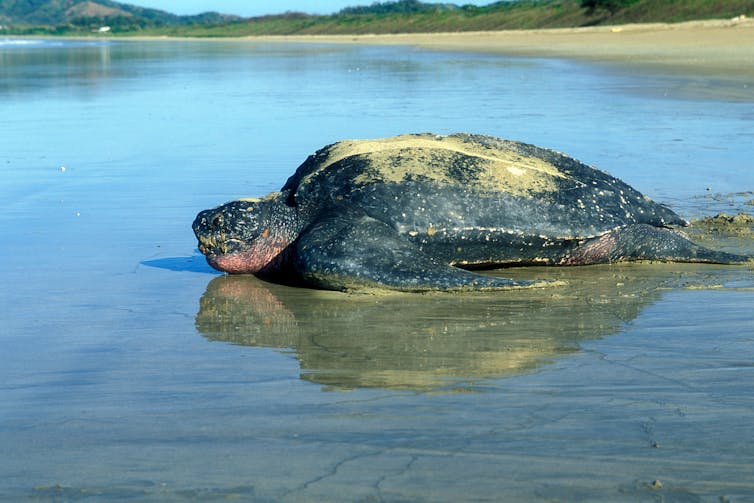
Massive development, massive impact
The huge infrastructure project planned for Great Nicobar Island includes:
- a mega trans-shipment port, where large volumes of cargo will be moved from one vessel to another for shipping to another port
- an international airport which will handle 4,000 passengers an hour at its peak
- a power plant
- a new township.
Experts have raised concern about the environmental damage the project will cause. In particular, they say the port’s construction and operation is likely to prevent the leatherback turtle from accessing nesting sites.
The plan includes constructing breakwaters – barriers built in the sea to protect the port from waves. The barriers reduce the opening to Galathea Bay by 90% – from 3 kilometres to 300 metres.
Dredging and construction are likely to significantly alter other coastal habitats on the island, including mangroves, coral reefs, sandy and rocky beaches, coastal forests and estuaries.
One media report warned the plan will involve clearing almost a million trees.
The port is also likely to damage the habitat of scores of other rare and endemic species including macaques, shrews and pigeons.
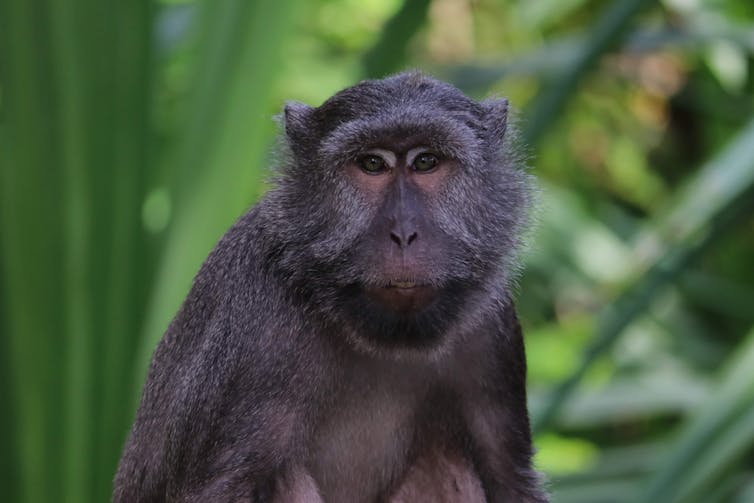
The Nicobar long-tailed macaque is among the species likely to lose habitat and become at risk of extinction if the project proceeds. Image: Shutterstock
How was such a disastrous project approved?
The approvals granted so far rest on a proposal to “offset” the environmental damage caused by the port by improving bioldiversity elsewhere.
In this case, the offset involves planting trees in the Indian state of Haryana, thousands of kilometres from the project site and in a vastly different ecological zone.
This is allowed under Indian law. But it’s a gross violation of the internationally accepted “like for like” principle guiding biodiversity offsetting. This principle requires that the biodiversity affected by a given project be conserved through an ecologically equivalent offset, so no net loss of biodiversity occurs.
The Great Nicobar Island plan will damage complex and diverse tropical and coastal ecosystems and several rare and endemic species. This would purportedly be “offset” by planting trees in a sub-tropical semi-arid ecosystem thousands of kilometres away.
There is no provision in the plan to compensate for damage to turtle nesting. This alone violates the “like for like” principle.
Even more worryingly, research has shown most compensatory tree-planting in India involves monoculture timber species, which does not encourage a wide variety of native plant and animal species.
One million trees are set to be felled on the island to make way for palm oil and other monocultures
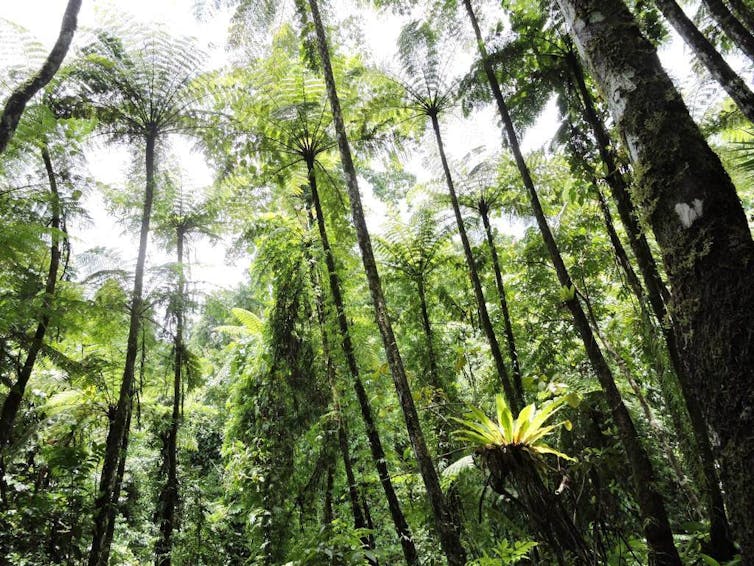
Looking ahead
The approvals granted to the port project contain a number of conditions. They reportedly include:
- establishing a long-term research unit, focused on sea turtles, including a base at Great Nicobar Island
- requiring that the company behind the project has a “well laid down environmental policy duly approved by the board of directors”
- where possible, safeguarding trees that contain nesting holes for endemic owls.
But according to India’s Conservation Action Trust, approvals were granted before important impact assessment studies were carried out. What’s more, the conditions do not stipulate that work must stop if damage occurs to Indigenous communities or the environment.
Any large development project affecting a critically endangered species should meet rigorous environmental standards. This includes ensuring biodiversity offsets are consistent with internationally accepted principles.
And if the harm cannot be adequately offset, the project should not be allowed to proceed.
Divya Narain, PhD Candidate, The University of Queensland
This article is republished from The Conversation under a Creative Commons license. Read the original article.
This article was written by Divya Narain, PhD Candidate, The University of Queensland and republished from The Conversation under a Creative Commons license. Originally published 13 February 2023. Read the original article.
ENDS
An Indian documentary about the dangers of consuming palm oil
Read more about how you can take action to prevent palm oil related extinction
Contribute in five ways
1. Join the #Boycott4Wildlife on social media and subscribe to stay in the loop: Share posts from this website to your own network on Twitter, Mastadon, Instagram, Facebook and Youtube using the hashtags #Boycottpalmoil #Boycott4Wildlife.
2. Contribute stories: Academics, conservationists, scientists, indigenous rights advocates and animal rights advocates working to expose the corruption of the palm oil industry or to save animals can contribute stories to the website.
3. Supermarket sleuthing: Next time you’re in the supermarket, take photos of products containing palm oil. Share these to social media along with the hashtags to call out the greenwashing and ecocide of the brands who use palm oil. You can also take photos of palm oil free products and congratulate brands when they go palm oil free.
4. Take to the streets: Get in touch with Palm Oil Detectives to find out more.
5. Donate: Make a one-off or monthly donation to Palm Oil Detectives as a way of saying thank you and to help pay for ongoing running costs of the website and social media campaigns. Donate here
Big brands using “sustainable” RSPO palm oil yet still causing deforestation (there are many others)
Colgate-Palmolive
Despite global retail giant Colgate-Palmolive forming a coalition with other brands in 2020, virtue-signalling that they will stop all deforestation, they continue to do this – destroying rainforest and releasing mega-tonnes of carbon…
Read moreProcter & Gamble
Despite decades of promises to end deforestation for palm oil Procter & Gamble or (P&G as they are also known) have continued sourcing palm oil that causes ecocide, indigenous landgrabbing, and the habitat…
Read moreKelloggs/Kellanova
In late 2023, Kelloggs became Kellanova for their US arm. Savvy consumers have been pressuring Kelloggs for decades to cease using deforestation palm oil. Yet they actually haven’t stopped this. From their website:…
Read moreJohnson & Johnson
Global mega-brand Johnson & Johnson have issued a position statement on palm oil in 2020. ‘At Johnson & Johnson, we are committed to doing our part to address the unsustainable rate of global…
Read morePZ Cussons
PZ Cussons is a British-owned global retail giant. They own well-known supermarket brands in personal care, cleaning, household goods and toiletries categories, such as Imperial Leather, Morning Fresh, Carex, Radiant laundry powder and…
Read more

